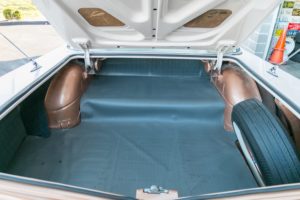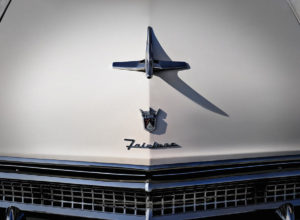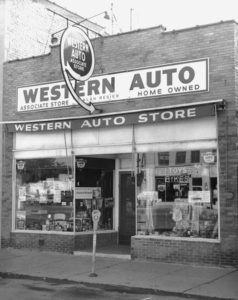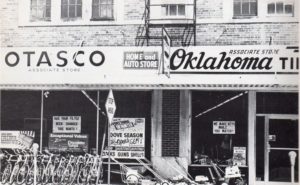
It was a curious situation in the days of our youth. Roads, as a rule, were narrower than today, particularly the state two-lane highways that connected small towns. Yet the cars that traveled them were HUGE compared to today’s models.
Yet, our parents maneuvered those massive hulks around the tight curves without a second thought. And the interiors of those automobiles contained enough cubic feet of space to allow a kid tremendous freedom to move around inside on long trips.
Automobiles started out small. The Model T and Model A were basically compact cars. But as the years wore on, BIG became the trend. By the late 1930’s, cars typically weighed over 3000 pounds. They were made of thick steel that took some serious force to dent, as well.
The cars that we rode around in circa 1966 had spacious bench seats, frequently covered with clear plastic. Riding up front and sitting between your parents was no challenge at all. There was plenty of room. By the previously mentioned year, there were likely seat belts that were shoved, unused, between the seat cushions. So your freedom of movement was completely unhindered. In fact, I remember repeatedly jumping from the front seat to the back while speeding down the Interstate at 70 mph.
The back seat was large enough for seven-year-old-me to stretch out and have a couple of inches of space between my body and the armrests. It was a sweet feeling to fall asleep and wake up to find that were were a hundred and fifty miles closer to our destination.

The trunks were huge, as well. There was plenty of room for a full-sized 15″ spare tire to reside beneath the trunk’s floor, and enough cubic footage was left for several full-sized suitcases to be stacked on top.
There was a tremendous amount of steel, plastic, rubber, and glass in each self-contained boat that traversed the roads of that era. They were even bigger in the 50’s. I recently sat in a 1953 Pontiac Coupe, and was astonished at the sheer size of the thing. The glove compartment alone was big enough to hold a twelve-pack. The back seat was as big as a twin bed. And, no doubt, it had probably been used for that very purpose a time or two over the last fifty years ;-).
Of course, the large size of the cars extended all the way to the rear deck, my preferred residing spot on those road trips of the Johnson era.
Cars generally stayed big through the 70’s, but began shrinking by the end of the decade. Today, it’s difficult to find a new vehicle that matches the wheelbase and weight of a typical 60’s car. In fact, I happily drive a Toyota Tercel the 25 miles I commute to work, enjoying the 35+ miles per gallon it provides. It weighs about half as much as that 54 Pontiac. My “full-size” car is a Toyota Camry that’s about the size of a 67 Chevelle, considered a small car in its time.
But we who remember JFK also recall a time when big cars were the norm, and our fathers managed to motor them down some pretty narrow highways at high rates of speed.





















